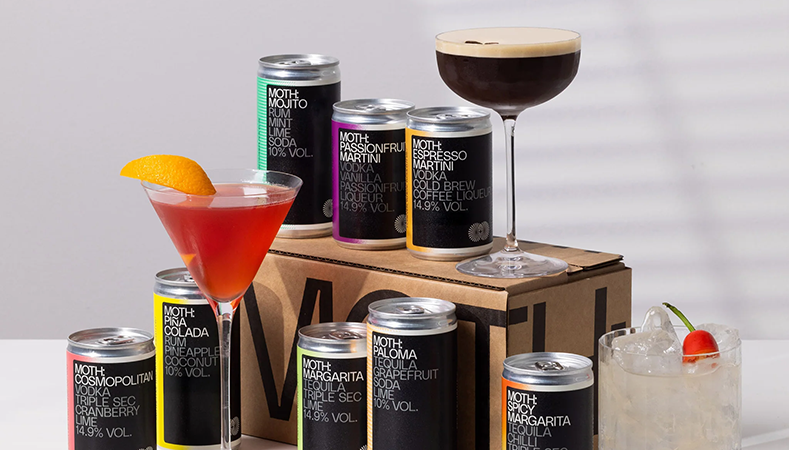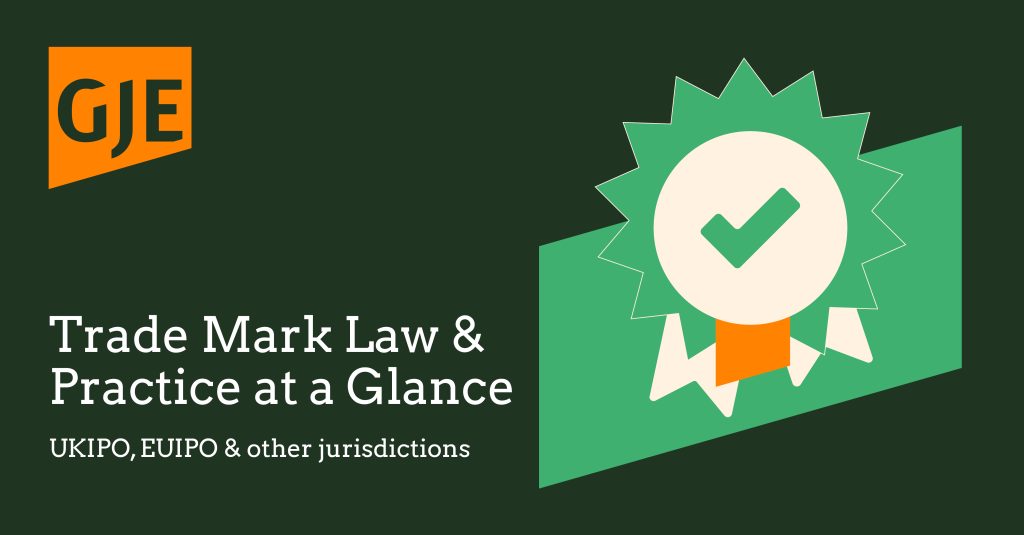
MOTH Drinks hosted an event at their offices on 4 June 2025 to explore the evolving world of brand protection and, in particular, how the developing case law seems to represent a shift in favour of brand owners.
Edward Carstairs provided an update on the legal position with reference to Thatchers’ successful action against Aldi’s infringement of its lemon cider product. This formed the backdrop to a panel discussion with Mark Gordon the entrepreneur behind The Wimbledon Brewery, having come from a career in finance, and Natalie Hill, Head of Marketing at MOTH Drinks.
The panel discussion considered what business owners need to do to protect their brand value and to boost their position to combat copycats. The panel also discussed the wider challenges to growth including the complexities of developing a brand, establishing a market share and securing investment.
IP plays a central role in these aspects of a business. In this article we set out the panel’s recommendations and experiences.
Ensuring freedom to operate
The business plan will identify the key markets. Make sure there is freedom to operate in those markets by adopting a brand name that is unique.
If another business owns conflicting earlier rights, then those rights could form the basis of an infringement action to prevent your continued use (including manufacture) in that market. A challenge of this nature can be fatal to a business and is likely to be a red flag to an investor or purchaser that may prevent a deal from completing, or at least significantly devalue the business.
Prioritise trade mark registration
As well as adopting a brand that is different to competitors, a brand that is distinctive and not descriptive of the product can be registered as a trade mark. A registered trade mark helps to maintain the business’ position in the market because it is a strong basis to challenge a third party that adopts a similar mark for a similar product and which causes confusion. Think about registering not only the name of your product but also the distinctive labels that you use.
When a third party adopts a similar mark, it may also be possible to rely on unregistered rights to take action but this brings with it an additional hurdle since it is necessary to produce evidence that the unregistered right exists. Compare this with the position where there is a registered trade mark. In that scenario the only evidence that is required is the registration certificate. Some countries also place little or no weight on unregistered rights.
Registering your product label can also give a basis to target copycats that adopt similar looking branding, even if the words they use in that branding are not the same.
A registered trade mark is also a business asset that can be sold, or against which a loan can be obtained. It is a key asset that investors or acquirers will expect to be in place.
Establish IP ownership and control
When new IP is being created, make sure the business owns it. Maintaining control over your brand and IP is crucial. When an external contractor creates a website or designs a new label or packaging, they will own the IP unless there is a document that says otherwise. Address that early to prevent any potential ownership disputes down the line, which could frustrate attempts to enforce your rights against a copycat.
File and register your trade mark in the relevant international jurisdictions to prevent third parties filing for you and offering to sell your own IP back to you at an inflated price.
Investors and purchasers will want the IP to be in the name of the company rather than in a personal name, otherwise there is nothing to stop that person from walking away with it. If the business does not own the IP, that could derail a deal with an investor or significantly impact the valuation of the business at exit.
Document the business growth and success
A successful business will naturally see others follow a similar approach. However, you can improve your position against those that get too close by taking some further proactive steps beyond simply registering your word mark and label.
A registered trade mark that also enjoys a reputation is an even stronger basis to challenge a copycat. It can provide a basis to challenge use of a similar mark for identical, similar and dissimilar goods or services. It is not necessary for there to be any confusion amongst consumers.
Call on your data that documents the increasing numbers of units sold, turnover and market share as well as any positive media reporting and awards successes to evidence a reputation.
Identifying the competing brands in the market and how yours sits apart from them also assists in demonstrating the scope of protection of your trade mark and its reputation. By educating consumers and retailers from the start with consistent use of your distinctive trade mark and label (that you have also registered as a trade mark) will mean that your trade mark becomes a trusted brand with consumer loyalty. Therefore, when a copycat launches a brand with a label that appears to have used your own as the benchmark, it may support an argument that the copycat is trying to unfairly free ride on your reputation. Further evidence that the copycat has quickly obtained a strong market presence and high profit may lend further weight to such an argument.
By proactively addressing these IP-related considerations, you can enhance the overall strength of your brand in the fight against copycats and position it for successful investment or exit opportunities in the future.
If you would like to discuss any of the issues raised in this article, then please contact Edward Carstairs, or email gje@gje.com.
Image credit: MOTH Drinks


